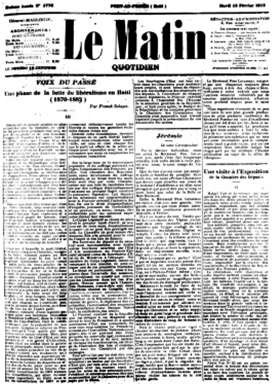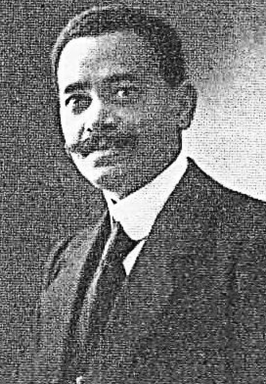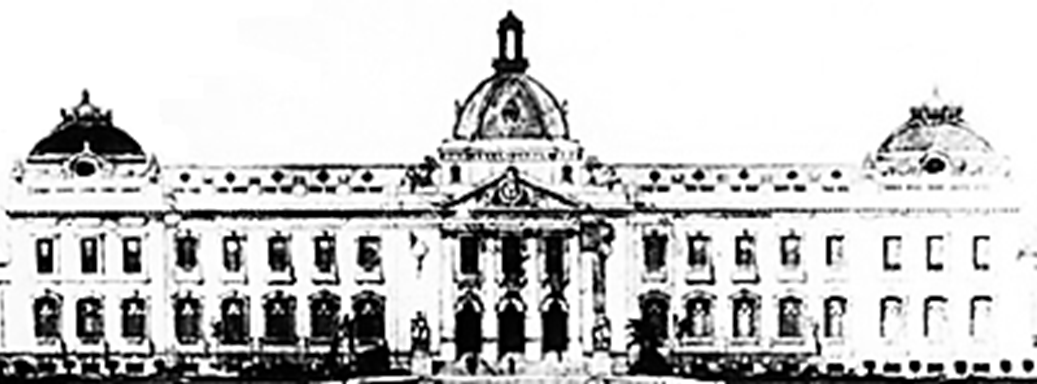 "The New National Palace" by Georges Corvington, Ph.D.
"The New National Palace" by Georges Corvington, Ph.D.
Corvington is a renowned Haitian historian. He has written many books about Haiti. Most notable is his seven-volume work, Port-au-Prince au cours des ans (1970-1992)
The same day that the National Palace burned down, the parliament met to elect [a new] president, Tancrède Auguste, who had been personal friends with the recent president and who had proven his character and energy in service to [two earlier presidents,] Florvil Hyppolite and Tirésais Simon Sam. Like Leconte, he had been implicated in [a bank scandal under Simon Sam] and was convicted by the criminal court in Port-au-Prince. But he had since been pardoned by Nord Alexis. And like [Leconte] he exhibited a sincere desire to rehabilitate [his name]. This was apparent to all when [as Haiti’s new leader] he kept three ministers who had served the late president well.
Once elected, President Tancrède Auguste moved the presidency to his private home in Bois-Verna [in the north-east, close to the Dominican border]. But then on 17 September [1912] he moved to Peu-de-Chose [a place just outside Port-au-Prince].
The reconstruction of the national palace was a top priority in Tancrède Auguste’s plans. Several days after the new president was elected, the legislature took out a 100,000 dollar loan to build a new palace that would "have every modern amenity and be fire-proof." [Léon] Mathon was chosen as the architect who would oversee the project. But it was then decided that since the project was very important, it was better to have a public competition [to determine which architect had the best proposal].
On 30 October, [a state publication,] le Moniteur, announced the contest. Several architects, Haitian and foreign, wanted to participated. In two weeks the candidates had submitted 21 plans with illustrations to the Chamber of Deputies. All but 5 plans were eliminated in the preliminary round. In [Haiti’s daily newspaper,] le Matin, the various plans were scrutinized. The newspaper presented one proposal with the pseudonym, "Petit Nid," [the "Little Nest"] and described it like this:


"Petit Nid is an imperial palace… It is not the palace that we want. [The architect] was trained by a foreigner who may well be a master, but who nonetheless does not understand what we need. It is an [impressive] palace, no doubt. But one [you would expect] in a foreign city, with all the comforts that you need in cold temperatures. This is evident in the chimneys that stick up above the roof."
With such severe criticism, this one had no chance to win!
